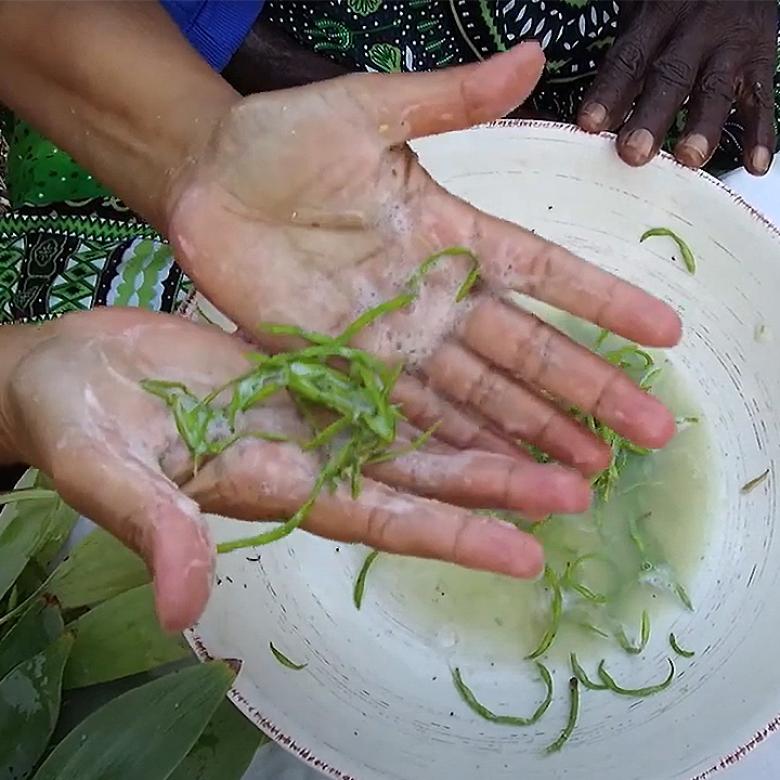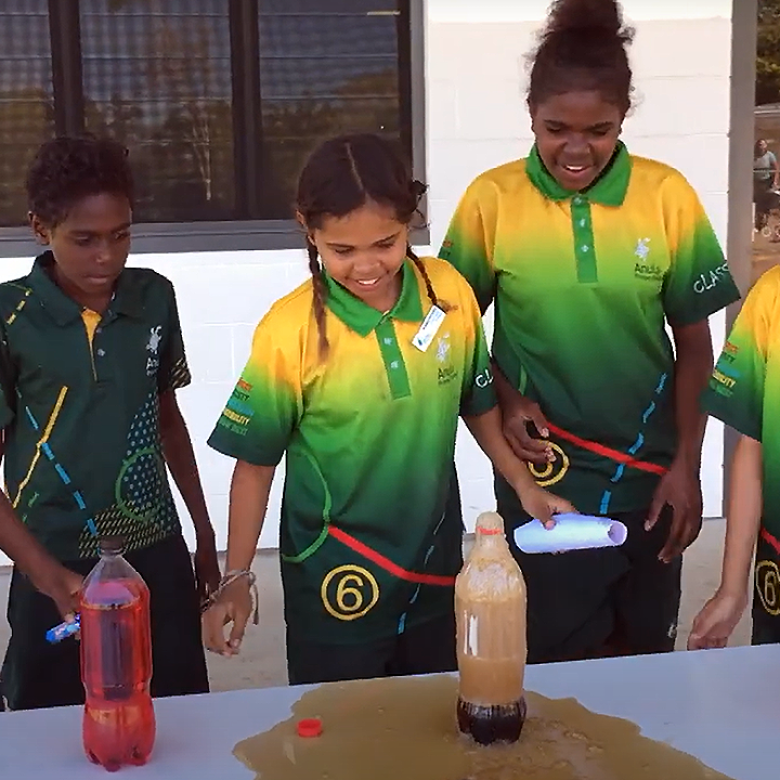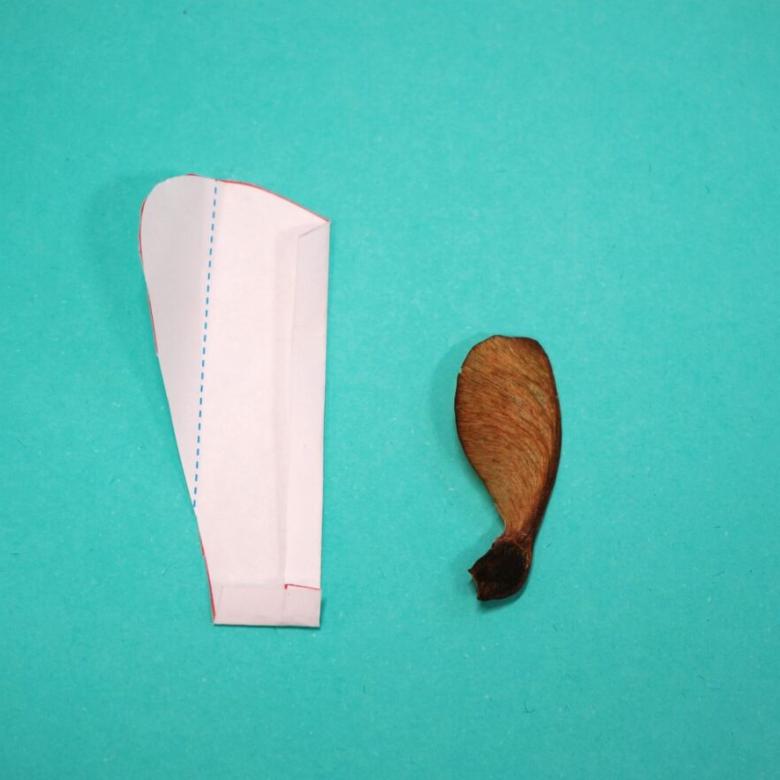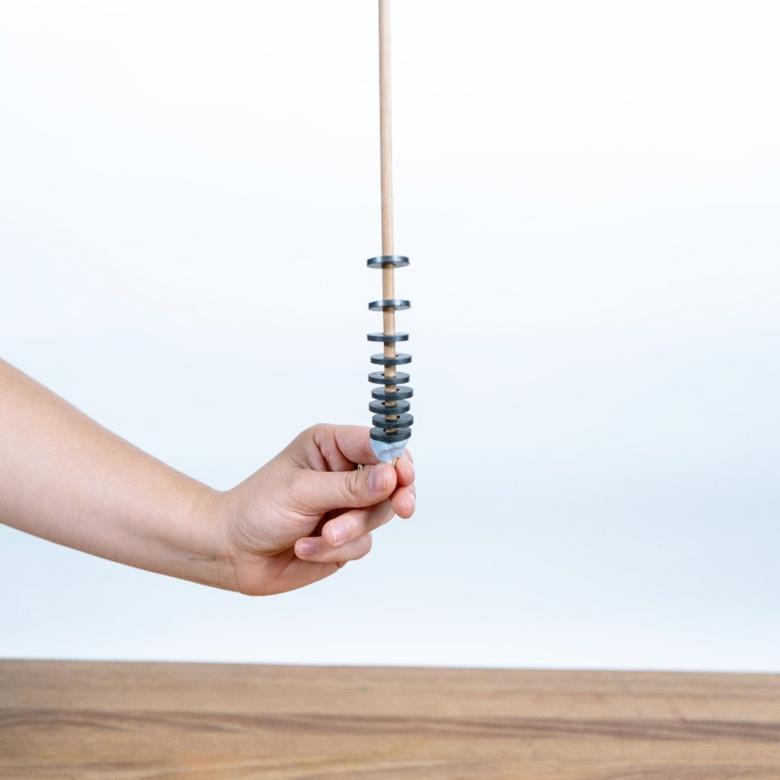You’ll need
- A hard plastic cup (something like a melamine cup will work well)
- Water
- A piece of cardboard that is a bit bendy, like a bit of cereal box or a postcard
What to do
- Fill the cup with water so it is two-thirds full.
- Completely cover the top of the cup with the cardboard. Push down so that air can’t get in between the cup and the cardboard. Be careful not to squash the cardboard.
- While pushing the cardboard on with your hand, slowly turn the cup upside down.
- Wait a few seconds. With everything still upside down, slowly remove your hand from the cardboard.
Questions to ask
Is it important to keep pressing on the cardboard while turning the glass over? Try it again, but don’t push hard on the cardboard. Hint: Do this over the sink!
What happens if you take your hand away quickly? Try this over the sink as well!
What's happening
The air around us pushes in every direction. Air has a pressure of about 1 kg/cm2. We don’t usually notice air pressure because we’re used to it. In this experiment, the air pressure pushing against the cardboard is higher than the pressure of the water pushing down. This holds the water in the glass.
The molecules that make up water like to stick together, which is called surface tension. This makes the surface of water a bit ‘tight’, like there’s a skin on the top. The surface tension of the water helps the cardboard stay in place. In this experiment, the surface tension also helps stop little dribbles leaking out through gaps between the cardboard and the cup.
Bendy cardboard helps because it can bend to makes a better seal with the cup.






